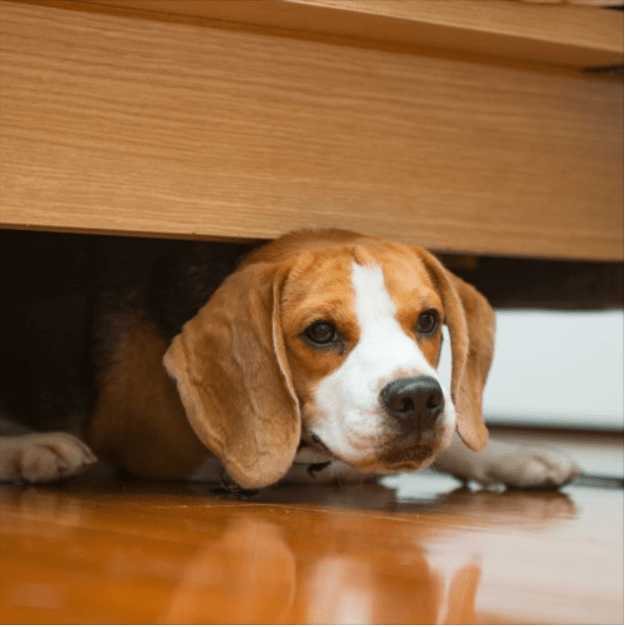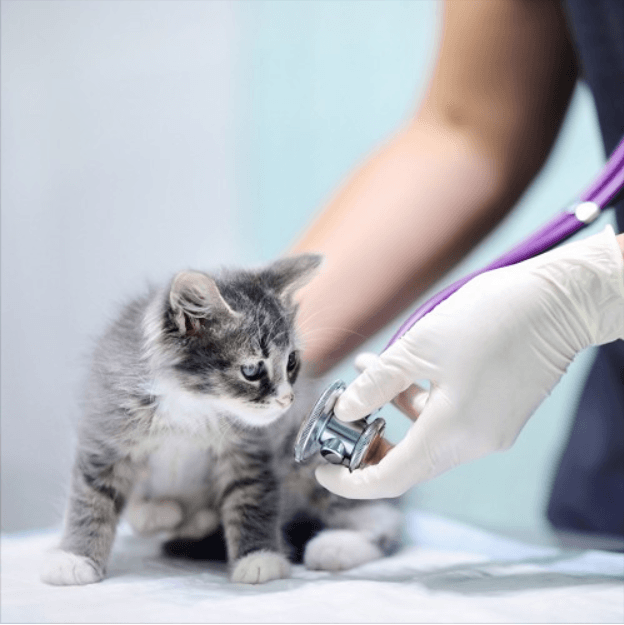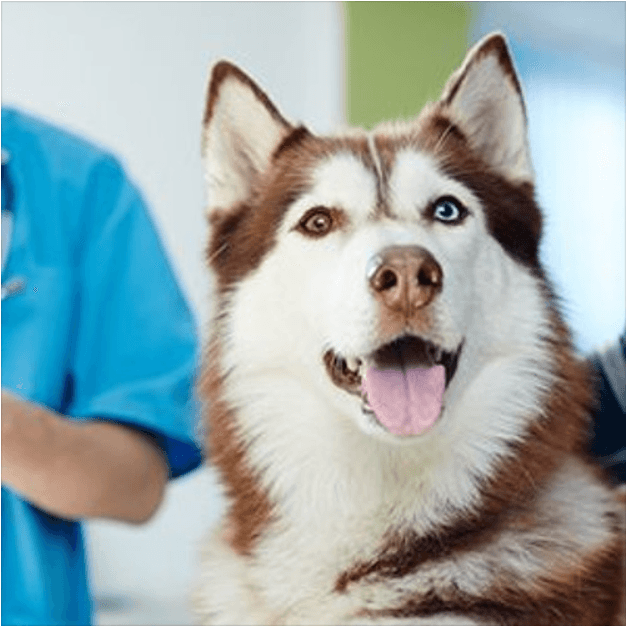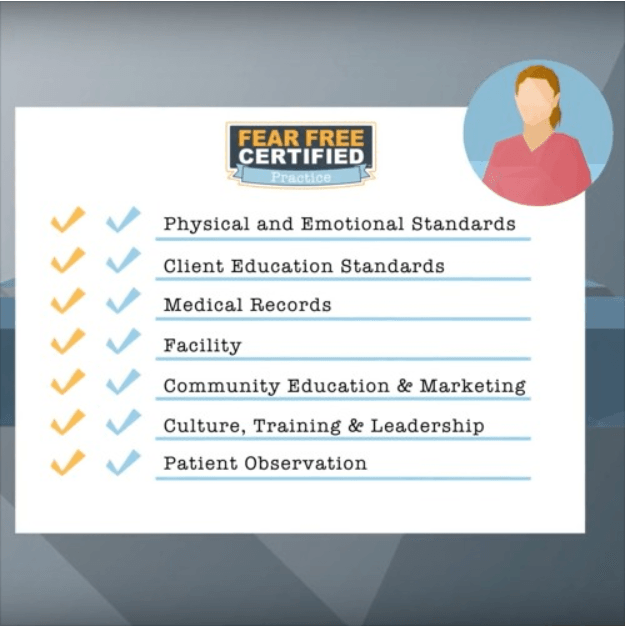
Blog Archives









After a minute, the sounds may seem a bit overwhelming to you. Think of how much more cats and dogs hear than we do and how they don’t understand what many of the noises are. For our pets, the veterinary hospital may be a horror house of sound.
How can we help pets with sound issues to feel more comfortable at the clinic? Carpet is often used to mute sounds, but it doesn’t really make sense in a clinic where cleanliness is important. Barriers can help to block sounds, and soundproofing exams rooms is not a bad idea, although it can be expensive.
Playing background music may help some pets, but an individual pet may not like your music choices. That sounds silly but anyone who has done musical freestyle with a dog can tell you that dogs have definite opinions on music. Luckily, there are some research-backed CDs of soothing music composed specifically for dogs and/or cats. Through A Dog’s Ear, for instance, has pioneered soothing music for anxious pets. These CDs are excellent for waiting rooms, exam rooms, and kennel areas.
To really help your patients prepare for a veterinary visit or hospital stay, consider making a CD of the sounds at your clinic. Start by doing a walking tour of the clinic with one of your own pets. Begin with the sound of the door opening and closing and the sound of toenails on the floor. If the scale squeaks, catch that. Try to record the voices of all of your receptionists as well as the ringtone of your phones and your computer and printer beeps and squeaks.
Move on to the noises heard in a waiting room: doors opening and closing, laboratory equipment dinging off, refrigerator and cupboard doors opening and closing. Record the voices of your veterinary technicians, assistants and kennel help. Record some barking dogs, cage doors opening and closing, and cats meowing (or even screaming or hissing). Note any noises that your own pet reacts to. Washing machines, dryers, blow dryers, vacuums, furnaces, and air conditioners can all make noises that startle or panic an already anxious pet.
The goal is to create a CD of sounds that pet owners can take home to play for pets to accustom them to the sounds they will hear at your hospital. These are not CDs to play at your clinic but rather CDs to loan out to clients. Have them start by playing the sounds very quietly and try to pair the CD with positive things such as meals or belly rubs. If you have any clients who are breeders, loan them a copy of the CD to play for their litters so the puppies and kittens are familiar with the sounds right from the start.
Some pets will never smile about their veterinary visits. But if you can at least make the noises a pet will encounter seem routine, you will have helped reduce the pet’s fear of the veterinary clinic.

“I’m often working up from a negative with my patients because they have such bad history,” says Dr. McLaughlin.
Sadly, common practice for handling birds in many pet care environments is to put the parrot on the ground and throw a towel on him. Such unsettling and scary experiences lead to increased angst for the animals.
“A lot of behavioral flooding happens with birds. It’s the status quo for most places. It’s not just vet hospitals. It happens at many pet stores when the parrot goes in for grooming, too,” says McLaughlin.
Alleviating and reducing FAS helps to bring the animal into a more neutral emotional state. Then he or she is more receptive to pleasant pairings that accompany the veterinary experience and positively affect the animal’s emotional outlook. This makes the situation less concerning for the animal and improves the ability to handle him and provide care.
A greater challenge in helping these patients is dealing with people who don’t understand the signs of FAS or the negative outcomes that can happen because of it.
“The hardest part is dealing with someone who has expectations in their head for how care should be or how it has always been. Or dealing with a person that’s driven by strict time constraints,” says Dr. McLaughlin.
The best approach McLaughlin has found to work gradually with these clients and build a rapport with them. Ultimately, this helps her to reach her goal of improving the lives of animal patients.
“I try to focus on one, two, or three things max they can do per visit to improve their bird’s quality of life. If I build enough rapport they’ll keep coming back and we can keep building,” says Dr. McLaughlin.
Putting the treat into treatment isn’t possible for all of McLaughlin’s patients, who sometimes don’t take food when they’re too upset. But just because the animal won’t take food doesn’t mean the visit can’t be Fear Free. There are numerous Fear Free-friendly tools McLaughlin uses to help.
“Some animals, like pigs, are easy to work with because they’re so food-motivated. Birds are more challenging because they are often already so far over the threshold it’s hard to reach them. Being sensitive to body language and taking things slow can help.”
Because many birds are already amped up and display signs of escalated FAS by the time they arrive for care, sedation is a tool that’s often utilized to deliver physical care in a manner that’s protective of emotional wellbeing.
“Using sedation on those birds that are already really stressed on arrival makes a big difference in how the visits go. It’s safer, the bird has a better quality of life, and it reduces negative experiences to help build for the future of that bird’s care going forward,” says Dr. McLaughlin.
“Emphasizing the need for minimal stress veterinary medicine has changed our approach to patients. Our staff tries to minimize coercion when possible, and sedation is seen as a way to help improve our patient’s veterinary experience when any potentially stressful medical procedures need to happen. There’s an increased urgency to try to quickly bring the stress levels down when they occur, along with more creative problem solving between staff members to either prevent or address stressful situations,” says McLaughlin.